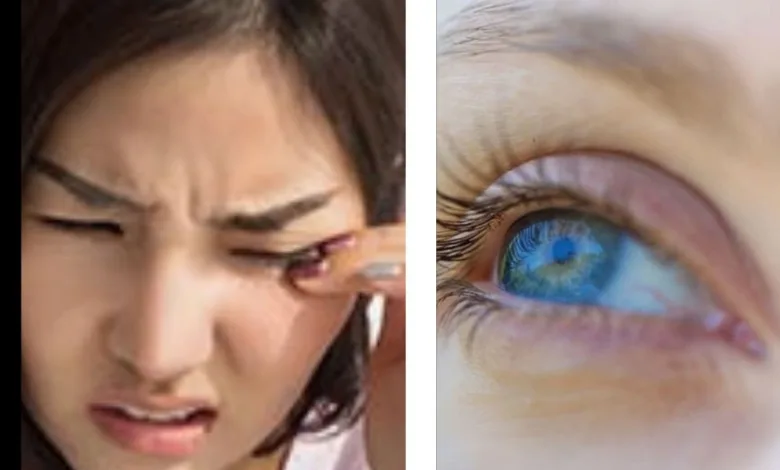
The eye is an important organ of the body which needs attention and care. When it is not properly checked and care is mostly prone to diseases. This article talks of one disease of the eye.
What are Eye Floaters and Flashes
Eye floaters and flashes

They are common visual marvels that can do due to changes in the gel- suchlike substance within the eye called the vitreous humor. While they can be bothersome, they’re generally inoffensive.
Then is an explanation of each Eye Floaters
Floaters are bitsy specks, spots, or beaches that appear to float across your field of vision. They’re most conspicuous when looking at a plain background, similar as a blank wall or the sky. Floaters are actually bitsy clumps of gel or cells within the vitreous humor that cast murk on the retina( the light-sensitive towel at the reverse of the eye).
They can appear as blotches, circles, lines, or indeed cobweb- suchlike shapes. Floaters are more common as you age, as the vitreous humor tends to come more liquid and can form small clumps. Flashes Flashes are brief, fluttering sensations of light that can do in the supplemental( side) vision. They may appear like lightning stripes or camera flashes. Flashes do when the vitreous gel tugs or pulls on the retina, stimulating the light-sensitive cells. This can be during normal eye movement or due to jarring movements, similar as a blow to the head.
Flashes may also be associated with other conditions, similar as retinal detachment or posterior vitreous detachment, which bear prompt medical attention.
The circumstance of eye floaters and flashes is substantially attributed to age- related changes in the vitreous humor. The gel- suchlike substance can come more thawed and develop small pockets or clumps over time. These clumps cast murk on the retina, leading to the perception of floaters. As the vitreous humor undergoes changes, it can also ply traction on the retina, causing the sensation of flashes.
Other factors that may contribute to the development of floaters and flashes include.
Eye injuries or trauma – Eye inflammation or infection – Diabetic eye complaint – Hypermetropia( diplopia) – Cataracts or cataract surgery – Retinal gashes or details.
The eye needs care and attention just as the other organs of the body.





Excellent write-up
Outstanding feature